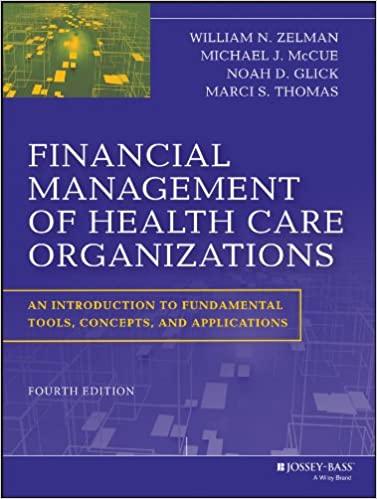You wish to use simulation to compare the performance of two bank configurations - one with a single queue and the other with one queue per teller - where customers are modeled with more realistic balking behaviors than in most queueing-theory models. For both simulation models, you run 100 replications (with a different random seed per replication) and measure the number of customers who have balked during the simulation run, where Y1 is the average number of balking customers for the single-queue case and Y2 is the average number of balking customers for the multiple-queue case. Although these data are not continuous, you find that the distribution of ballying customers can be well approximated by a normal distribution. However, you find that the variance in the single-queue group differs from the variance in the multiple-queue group. So you build a 95% confidence interval around the mean difference (Y1Y2) based on Welch's unequal variance t-test. That conference interval is [15.2,14.2]. So what do you conclude? The hypothetical equivalence of the two performance measures is tejected at the significance level of 0.05, and the single-queue system is determined to have the lower mean number of balking customers. There are not enough samples to make an inference of a difference at the significance level of 0.05. The hypothetical equivalence of the two performance measures is rejected at the significance level of 0.05, and the multiple-queue system is determined to have the lower mean number of balking customers. A true, two-sample t-test must be used instead of the confidence interval method. Question 8 1 pts A grocery store is viewed as a terminating system that opens at 5 am every day, provides service to a random number of customers, and then closes at 10pm, A transient simulation is built to assist in improving store operations. Each replication of the simulation model represents a single day's operation of the store. The output of each simulation is the per-customer average of the time customers waited in the check-out line before exiting the store. Twenty (20) replications of the store day were run, and the mean per-customer average waiting time was estimated with a 95% confidence interval from 2.9 to 8.5 (minutes). After reporting the contidence interval and no other information, your manager asks you for an point estimate of the mean. From the confidence interval, what is the value of the conventionally defined point estimate of the mean? Give your answer with at least one decimal place. You wish to use simulation to compare the performance of two bank configurations - one with a single queue and the other with one queue per teller - where customers are modeled with more realistic balking behaviors than in most queueing-theory models. For both simulation models, you run 100 replications (with a different random seed per replication) and measure the number of customers who have balked during the simulation run, where Y1 is the average number of balking customers for the single-queue case and Y2 is the average number of balking customers for the multiple-queue case. Although these data are not continuous, you find that the distribution of ballying customers can be well approximated by a normal distribution. However, you find that the variance in the single-queue group differs from the variance in the multiple-queue group. So you build a 95% confidence interval around the mean difference (Y1Y2) based on Welch's unequal variance t-test. That conference interval is [15.2,14.2]. So what do you conclude? The hypothetical equivalence of the two performance measures is tejected at the significance level of 0.05, and the single-queue system is determined to have the lower mean number of balking customers. There are not enough samples to make an inference of a difference at the significance level of 0.05. The hypothetical equivalence of the two performance measures is rejected at the significance level of 0.05, and the multiple-queue system is determined to have the lower mean number of balking customers. A true, two-sample t-test must be used instead of the confidence interval method. Question 8 1 pts A grocery store is viewed as a terminating system that opens at 5 am every day, provides service to a random number of customers, and then closes at 10pm, A transient simulation is built to assist in improving store operations. Each replication of the simulation model represents a single day's operation of the store. The output of each simulation is the per-customer average of the time customers waited in the check-out line before exiting the store. Twenty (20) replications of the store day were run, and the mean per-customer average waiting time was estimated with a 95% confidence interval from 2.9 to 8.5 (minutes). After reporting the contidence interval and no other information, your manager asks you for an point estimate of the mean. From the confidence interval, what is the value of the conventionally defined point estimate of the mean? Give your answer with at least one decimal place







